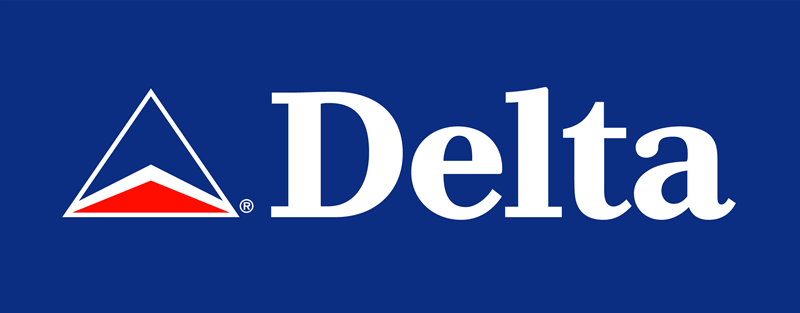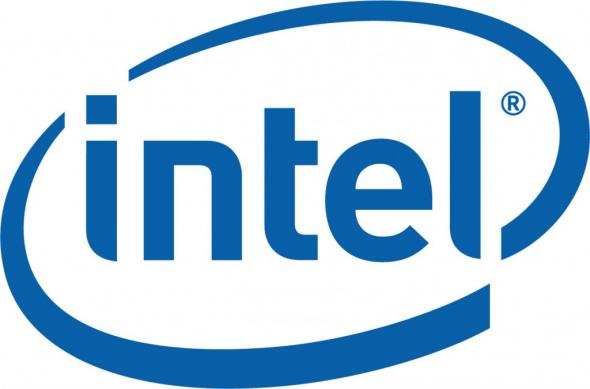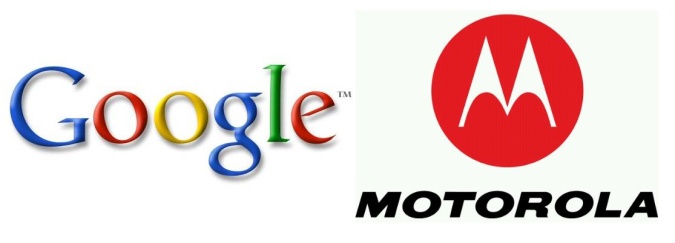Amazon.com is a multinational E commerce company, which was founded by Jeff Bezos who is considered to be one of the world’s top innovative executives. Amazon.com started as an online bookstore and expanded with time to sell almost everything. The role of information system in this company is a leading role, because the company is an online retailer. The company started as an online store for books to rapidly expand to sell everything such us beauty items, auto parts, apparel, electronics and groceries. Amazon’s logo shows an arrow that stretches from A to Z, which also forms a smile to indicate Amazon’s care for customers’ satisfaction.… Read the rest
Business Analysis Case
Case Study: Delta Airlines Successful Business Turnaround Strategy
In 1924 Collet Everman Woolman and an associate started the Huff Daland Dusters crop dusting operation, this was the first agricultural airplane made for the purpose of crop dusting for getting rid of boll weevils and insects. The dusting speed was 80-85 mph and the advantage it had was low speed flying, heavy payload capacity and low maintenance cost. This creation was the roots of Delta Air Lines. In 1928 the crop dusting operation broke away from the parent company and became Delta Air Service. The company began getting contracts in delivering airmail and then in 1929 Delta began transporting passengers flying them to Dallas, Jackson and Mississippi.… Read the rest
Case Study: Intel’s Social Media Strategy
Intel is one of the most foremost American global technology companies and the world’s largest semiconductor chip producer, in term of revenue. It is the inventor of the x86 series of microprocessors where its processors nowadays can be seen in a various computing devices used. The company was founded in 1968, as Integrated Electronics Corporation with home-based in Santa Clara, California, USA. Intel also manufactures motherboard chipsets, integrated circuits, graphic chips, network interface controllers, and other communications and computing utility devices. Robert Noyce and Gordon Moore and widely cooperated with the executive leadership Andrew Grove initially founded the company. The company grew and later started integrating an advanced chip design with a leading capability support manufacturing.… Read the rest
Case Study: Dell Social Business Strategy
Dell Inc. is one of world’ largest multinational technology corporation that manufactures sells and supports personal computer and other computer related. Dell was founded as PC’s Limited in 1984 by Michael Dell, with a start-up money totaling $1,000, when he was attending the University of Texas. Michael Dell started his business with a simple concept that selling computer systems directly to customer would be the best way to understand their needs and give them the most computing solutions. The first product of the company is a self-designed computer called Turbo PC which had lower prices than major brands. PC’s Limited was not a first company to do this but was the first to succeed, grossing $73 million in its first year trading.… Read the rest
Case Study: Google’s Acquisition of Motorola Mobility
Motorola mobility, which was previously known as the mobile devices division of Motorola, until January 2011 when it was separated. The company produces smart phones, set top boxes, end to end video solutions and cable modems. As soon as automobiles were becoming popular, Motorola helped with entertaining the passengers, as it introduced the world’s first commercial portable cell phone. On the other Hand, Google a privately held company, founded by Larry page and Sergey Brin, two Phd students at the university of Stanford, it has been focused on technology innovations to help its users find the information with unprecedented levels of ease, accuracy and relevancy.… Read the rest
Case Study: IBM’s Turnaround Under Lou Gerstner
“Who Says Elephants Can’t Dance” describes how Louis Gerstner lead the organizational turnaround at IBM when it was at the verge of extinction. Louis Gerstner was the chairman and CEO of IBM from April 1993 to March 2002. Before joining IBM, he had worked on various consulting assignments at McKinsey and led successful organizational changes at American Express and RJR Nabisco.
During the early nineties, IBM was rapidly losing its market share in most of the markets it catered to its competitors. The management was planning to break the organization into individual businesses. Soon after his appointment as CEO, Gerstner identified that the unique competitive advantage of IBM was due to its scale and broad-based capabilities, and therefore advocated that “keeping the company together” will help IBM to utilize this unique advantage by positioning itself as software integrator.… Read the rest





